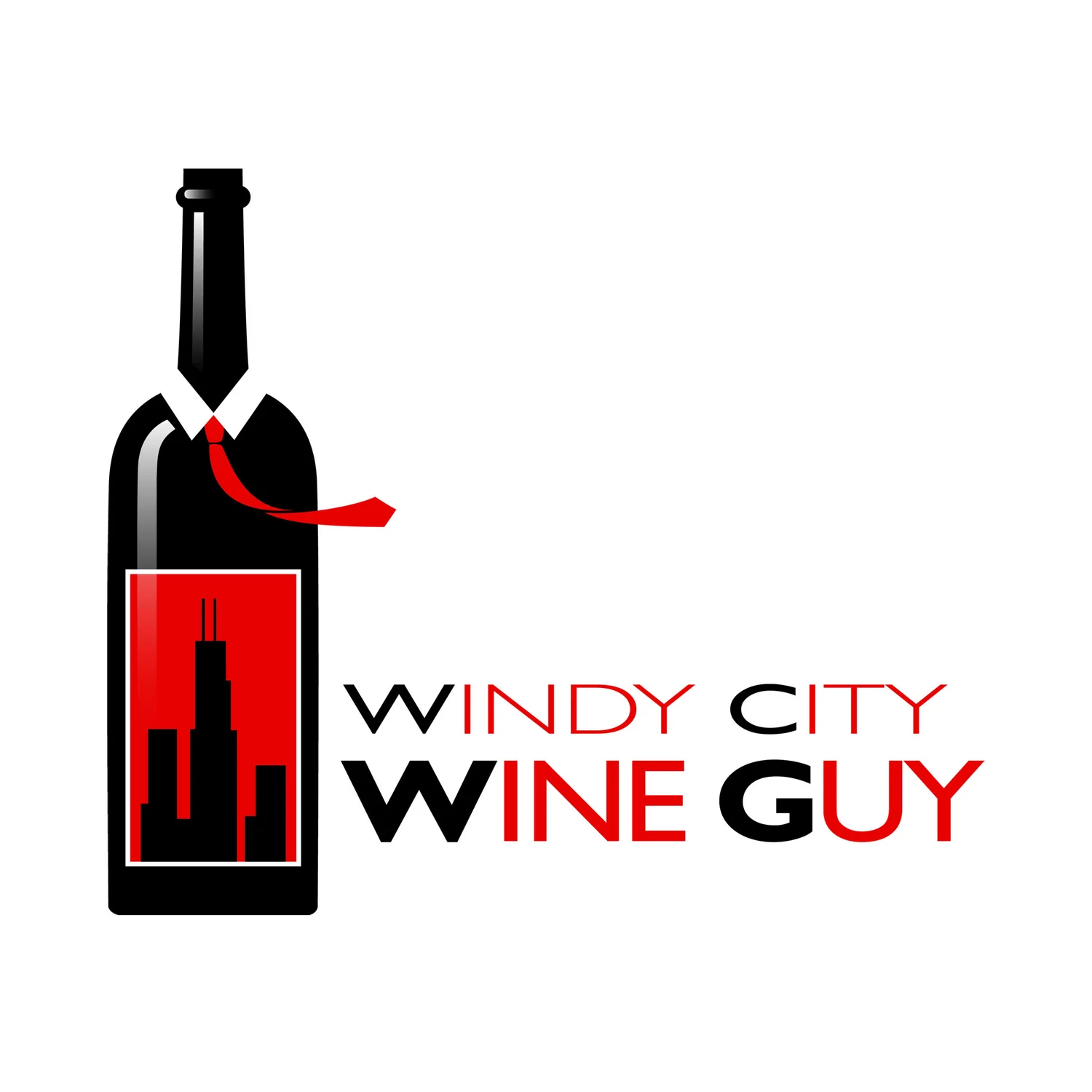Washington Wine Region: Yakima Valley AVA
/ Our next Washington AVA is actually it's first, Yakima Valley. It was founded in 1983, 1 year before Columbia Valley AVA, which encompasses it. Most of the state's wine history resides in this valley, started by an immigrant from Alsace-Lorraine named Charles Schanno. He used cuttings from an Oregon vineyard to start his own vineyard in 1869. The torch was later passed to William B. Bridgeman, a Seattle attorney who brought about legislation, respect and modernization to Washington wine. He drafted irrigation laws and planted his first vineyard in 1914. After Prohibition he started Upland Winery (known today as Upland Estates) and helped create the Irrigated Agriculture Research and Extension Center which became essential to expansion of Washington wine. The valley exploded in the early 1980's and the AVA was created! Now let's get to more facts and some of my favorite wineries:
Our next Washington AVA is actually it's first, Yakima Valley. It was founded in 1983, 1 year before Columbia Valley AVA, which encompasses it. Most of the state's wine history resides in this valley, started by an immigrant from Alsace-Lorraine named Charles Schanno. He used cuttings from an Oregon vineyard to start his own vineyard in 1869. The torch was later passed to William B. Bridgeman, a Seattle attorney who brought about legislation, respect and modernization to Washington wine. He drafted irrigation laws and planted his first vineyard in 1914. After Prohibition he started Upland Winery (known today as Upland Estates) and helped create the Irrigated Agriculture Research and Extension Center which became essential to expansion of Washington wine. The valley exploded in the early 1980's and the AVA was created! Now let's get to more facts and some of my favorite wineries:The Valley is shadowed by the Cascade Mountains to the west which create a rain shadow effect, making irrigation critical to vine survival. The Yakima River runs through the region on it's way to connect with the Columbia River and flow east. The climate is cooler there with the growing season taking up half the year. Along with a loam soil, which allows for drainage and contains many nutrients , the conditions make an ideal spot to plant Chardonnay, which is the most grown varietal in the region. Other varietals include Merlot, Cabernet Sauvignon, Syrah and Riesling. The region produces around 40% of state wine and contains one third of the state's vineyards. In addition to wine, the region produces alot of fruit like cherries, peaches, pears, plums, apples and almost 80% of all hops grown in the US- yay beer!
Three different AVAs reside in Yakima Valley: Red Mountain, Snipes Mountain and Rattlesnake Hills. Each of these smaller appellations contain unique character which sets them apart. They also create borders for the Yakima Valley, making a temperate climate.
Some excellent wineries are in the valley and are centered around three towns: Yakima, Zillah and Prosser. A few of my favorites are Côte Bonneville, Hogue Cellars, Covey Run and Kana Winery. If you make your way out to Washington be sure to stop at these spots along with the many other great wineries and vineyards!


